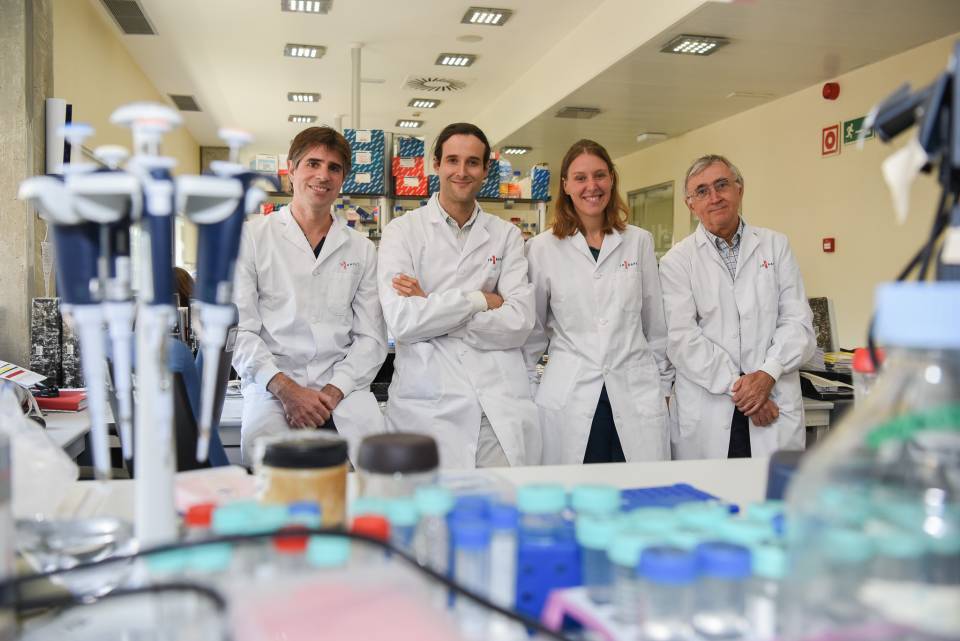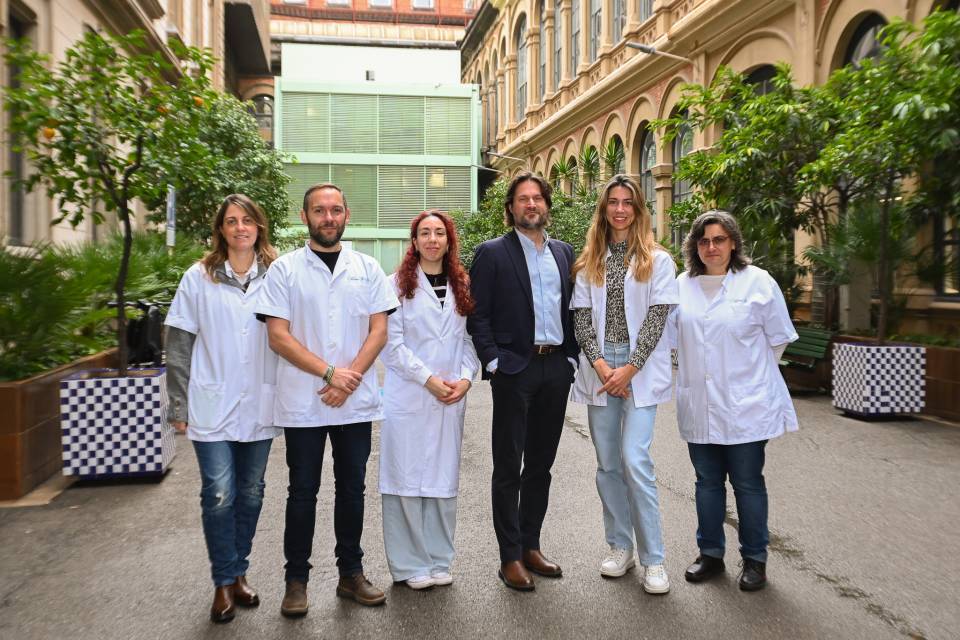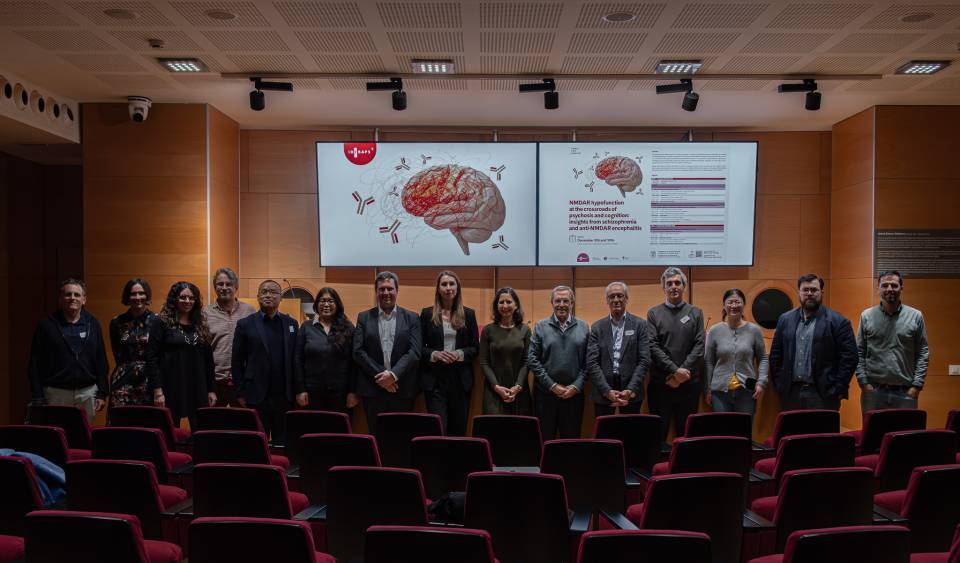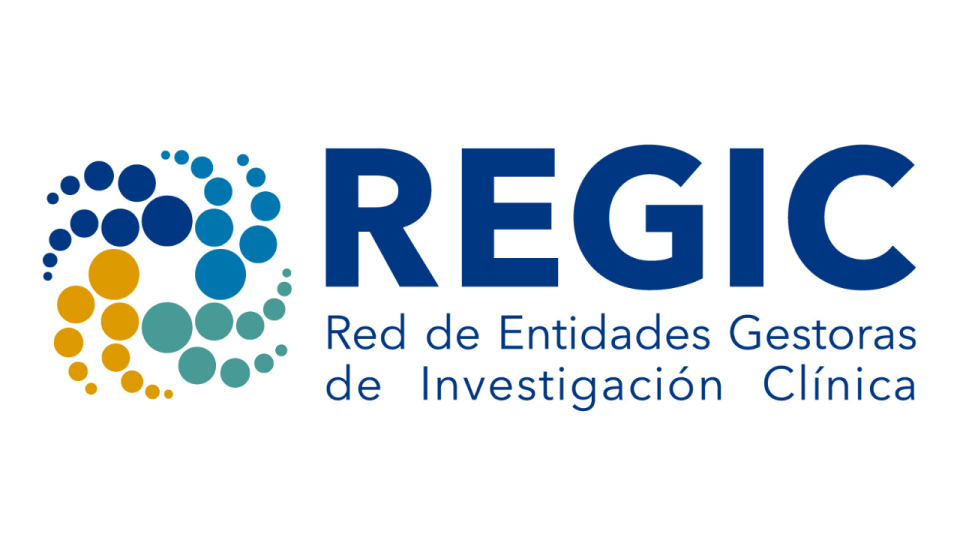At present, one in every 2,000 people in Western countries has chronic lymphatic leukemia, which is the most frequent type of leukemia in adults. However, in Asia, this disease is practically non-existent. The reason for this difference between the European and Asian populations has its origin in their DNA. Europeans have in their genome slight variants in their sequence that predispose them to develop this type of leukemia.
Previous studies detected about 40 regions associated with the risk of chronic lymphatic leukemia. One year ago, the same IDIBAPS research group published the map of the functions of leukemia’s genome. According to Iñaki Martín-Subero, "the map we drew last year has been the key to decipher the molecular basis of leukemia predisposition now." However, how and why these genetic variants predispose to leukemia remains unknown.
The new article, published in the journal Nature Communications, has studied the relationship between the genetic variants of predisposition and the functions of the leukemia’s genome. The results are very revealing. Renee Beekman, the first co-author of the study, explains that, "although regions of genetic predisposition are found in the non-coding desert of the genome, that is, in regions without genes, virtually all of them are located in important map areas to control, at a distance, the expression of the genes."
In Chronic lymphocytic leukemia, the average age at the time of diagnosis is, approximately, 70 years, but the genetic predisposition is present from birth. The results of this study have also allowed researchers to find an answer to why leukemia does not develop at an early age. "We have discovered that the genetic variants that confer a predisposition to the disease create subtle imbalances in the regulation of the genes and the operation of the lymphocytes. It's like buying a car with some piece of lower quality. In the beginning, the car will work perfectly, but if there is no good maintenance over time it will begin to fail, "explains Martín-Subero.
Although this study is one of the first to analyze globally the genetic predisposition to cancer from the perspective of the genome’s functions, it is still not possible to predict precisely which people will develop leukemia and which will not. According to Elias Campo, director of IDIBAPS and co-author of the study, "in addition to the genetic component, there are other factors, such as lifestyle or the worst performance of the immune system as the body ages, which affect the development of the disease."
Study reference:
Insight into genetic predisposition to chronic lymphocytic leukemia from integrative epigenomics.
Speedy HE, Beekman R, Chapaprieta V, Orlando G, Law PJ, Martín-García D, Gutiérrez-Abril J, Catovsky D, Beà S, Clot G, Puiggròs M, Torrents D, Puente XS, Allan JM, López-Otín C, Campo E, Houlston RS, Martín-Subero JI.
Nat Commun. 2019 Aug 9;10(1):3615. doi: 10.1038/s41467-019-11582-2.




